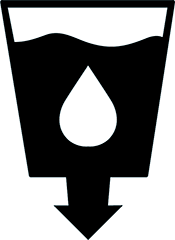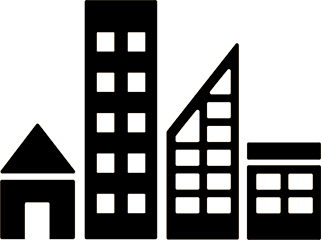UN Sustainable Development Goals Addressed
-

Goal 6: Clean Water & Sanitation
-

Goal 9: Industry Innovation & Infrastructure
-

Goal 11: Sustainable Cities & Communities
2018 Global Design Challenge Finalist
This design concept was developed by participants in the Institute’s Global Design Challenge. The descriptions below are from the team’s competition entry materials.
Location: Utrecht, Netherlands
Team members: InstituteJonno van Vulpen, Clara Rodríguez Aliberas, Conor Murphy, Yasmin Salvatore
Innovation Details
An Ecosystem’s Approach for City Water Management from Utrecht University in Utrecht, Netherlands proposes an integrative, regenerative, multilayer platform that functions with superorganisms’ principles. Consonance between the different environmental and human stakeholders is built. This integrated plan attempts to develop a mutual relationship between private companies and national-local governments, and individual cooperation to increase a system’s resilience by optimizing efficiency of funds and water resources while ensuring the protection of human rights.
What problem does the solution solve? The problem is the huge waste of valuable rainwater by transporting it outside the city/ecosystem during the wet season, instead of retaining it for the dry season. This innovation will ultimately lead to the recharge of the aquifer underneath Mexico City.
What is the technology and how does it work? Drainage networking can also be modified with bio-inspired thinking. The giraffe’s rete mirabilia is structured as a complex network of blood vessels that can absorb surge flows. By increasing the connectedness and redundancy of existing drainage networks a more dynamic response to flood events can be achieved.
How it is biomimetic? The deep biological pattern is that of ecosystems that delay, retain, store and reuse water. The organisms studied were among others: plants with root systems optimized for water capture and retention by their root hairs. The recharge of groundwater supply is inspired by the shape of rivers and their banks. Groundwater infiltration is highest near the edge of rivers and lakes, an increased surface of riverbanks thus increases water infiltration. This pattern can be emulated by altering the shape of water retention bodies.
The increased connectedness and redundancy of existing drainage networks is inspired by the giraffe’s rete mirabilia – a complex network of blood vessels that can absorb surge flows – and the connectedness of leave veins. Our innovation relies on existing water management strategies, by also connecting those to our and other new water management strategies to create an ecosystem-like network, instead of separated systems.
What is the solution’s impact? In the long term, this innovation will help recharge the aquifer in Mexico City to secure future use of this water supply. In the short term, this innovation will delay, retain and store water so that it mitigates flood events. The retained subsurface water will also facilitate plant growth. This will not only an Ecosystem’s approach for city water management but will also create/enforce actual ecosystems that can provide ecosystem services.
We will start testing our innovation in the Netherlands, since making cities water/rainproof and resilient is a hot topic here as well. When successful, our innovation can go beyond Mexico City. When we gather more data on the hydrology of cities when this approach is applied, it can be easily emulated by other cities. Our goal is to make this innovation as widely available as possible.

